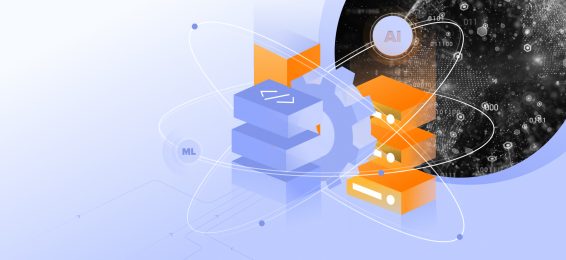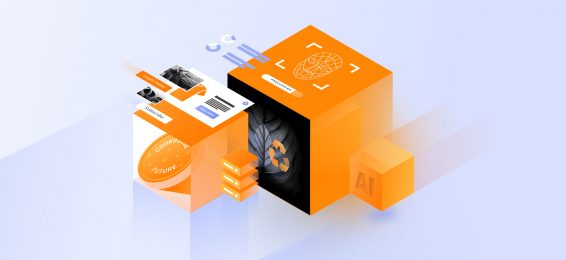What is Databricks vs Snowflake?
While Databricks and Snowflake are both powerful data platforms, they serve distinct purposes. Databricks is primarily designed for data science and machine learning workflows, focusing on unstructured data, advanced analytics, and AI model development. Snowflake, on the other hand, is a cloud data warehouse optimized for structured data storage and query performance, often used for business intelligence and analytics. Key differences include their data processing engines and use cases. Databricks uses Apache Spark for distributed data processing, while Snowflake employs a unique architecture for seamless data sharing and SQL-based analytics. Organizations often choose Databricks for complex machine learning pipelines and Snowflake for traditional analytics and reporting.
Is Databricks Azure or AWS?
Databricks is available on multiple cloud platforms, including Microsoft Azure, Amazon Web Services (AWS), and Google Cloud Platform (GCP). This flexibility allows businesses to integrate Databricks into their preferred cloud environment, leveraging the strengths of each provider. For example, Azure Databricks offers deep integration with Microsoft tools like Power BI and Azure Machine Learning, making it ideal for organizations already using the Azure ecosystem. Similarly, Databricks on AWS provides a robust foundation for companies leveraging AWS services for their infrastructure. The choice often depends on an organization’s existing cloud stack and data strategy.
Who is Databricks’ biggest competitor?
Databricks’ biggest competitor depends on the specific use case. For data warehousing and analytics, Snowflake is often seen as a direct rival. Snowflake’s ease of use and strong SQL analytics capabilities make it a popular choice for business intelligence teams. In the realm of data engineering and AI, competitors like Google BigQuery, Amazon EMR, and Azure Synapse Analytics are prominent players. Each of these platforms offers robust tools for processing and analyzing large datasets. Additionally, open-source platforms like Apache Spark and Hadoop are alternatives for organizations seeking more customizable solutions.



